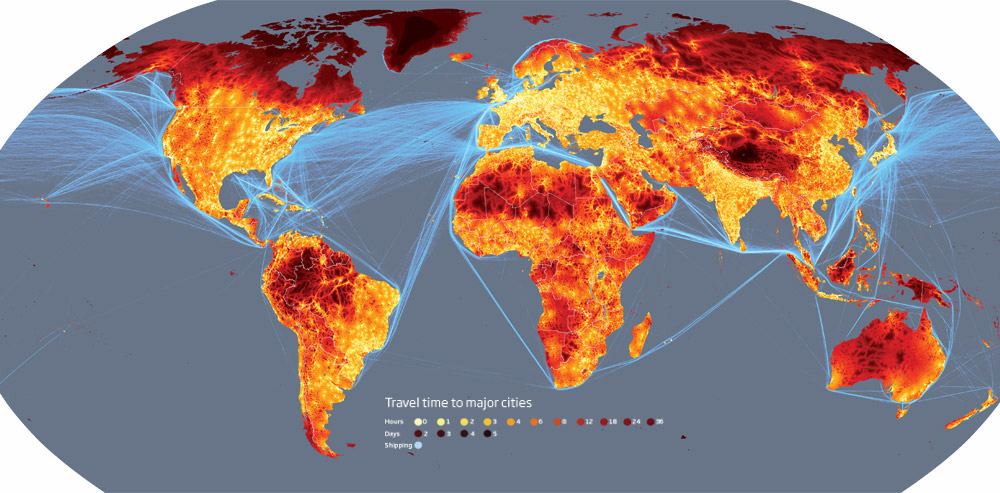
So today was the last shuttle mission. I remember my mom waking me up early that April morning and asking me if I wanted to watch real spaceship launch. Of course I did. We went into the living room, and sat in front of that old black and white television we had, and watched it live on channel 12. I may have had the first of my die cast space shuttles with me as we watched it. It was the coolest thing I had ever seen in my 5 year old life. I was a huge space geek then, and remained so up until sometime in high school I guess. We bought that day’s issue of the Southern Illinoisan, and I kept that folded yellowed displayed on my bedroom bookshelf for years. The front page had a large four color crew photo under the headline. That was unusual, as color printing wouldn’t become common for maybe ten more years. There was another story on the front page. It was about the latest developments in the Atlanta child murders.
Two days later, I watched the spacecraft that launched like rocket, land like an airplane.
Seven years later, after attending Space Camp, I witnessed the launch of STS-26, the first flight after the Challenger disaster. We were a few miles away, on shore of some inlet at Kennedy. My friend Billy got the passes by writing our congressman. We watched the launch through binoculars, and was looking directly over the top of the orbiter, just like on television. Over loud speakers, we heard the countdown, watched the boosters ignite, and then shuttle rise from its plume of steam and fire. Seconds later, we were hit with a wall of intense heat and noise. I didn’t expect that. We tracked the craft as it moved higher and further away until it disappeared behind a cloud. Behind the cloud, the SRBs separated, and the shuttle emerged, it was only barely pinpoint of light.
Then it rained. Apparently, a common, yet relatively unknown, but obvious, side effect of shuttle launches. Mix liquid hydrogen and liquid oxygen, and what do you get?
And now the shuttle is gone. Of course the shuttle was oversold. It never launched every week. It never carried enough payload. It tried to be all things to all people, and of course never completely satisfied anyone. Yet, it was an honest to god spaceship.
The designs for the shuttle replacement Orion / MPCVSpaceX’s Dragon, and Boeing / Bigelow’s CST-100 all are just capsules that seem like 1950s technology. While I don’t doubt they’re more practical, they seem disheartening. We’ve come a long way from the days of the “National Areospace Plane” (I always found it a bit weird that the artist depictions always made it look like Air Force One.)







